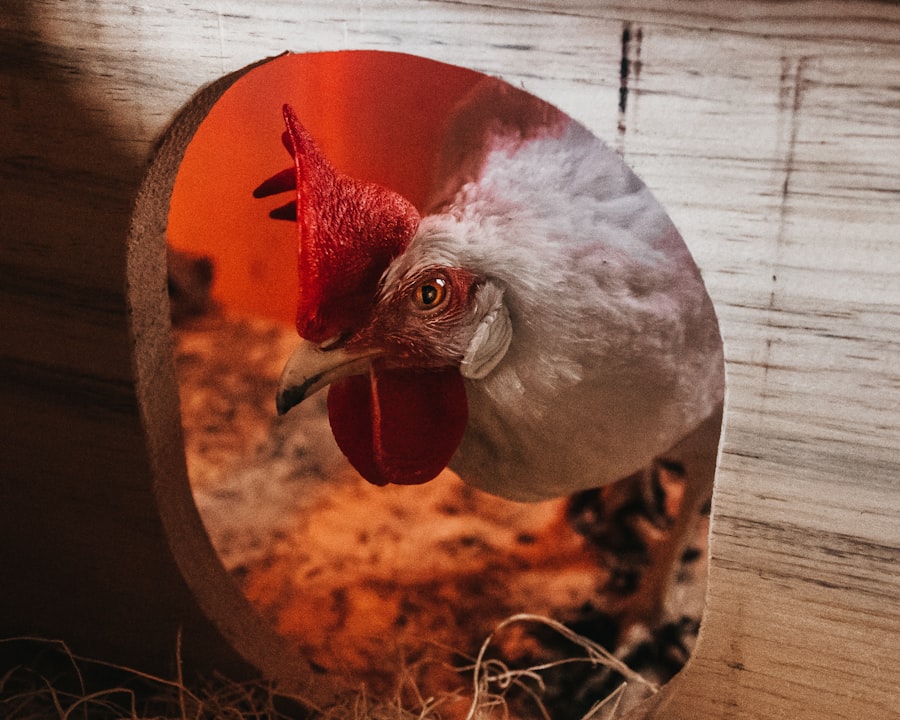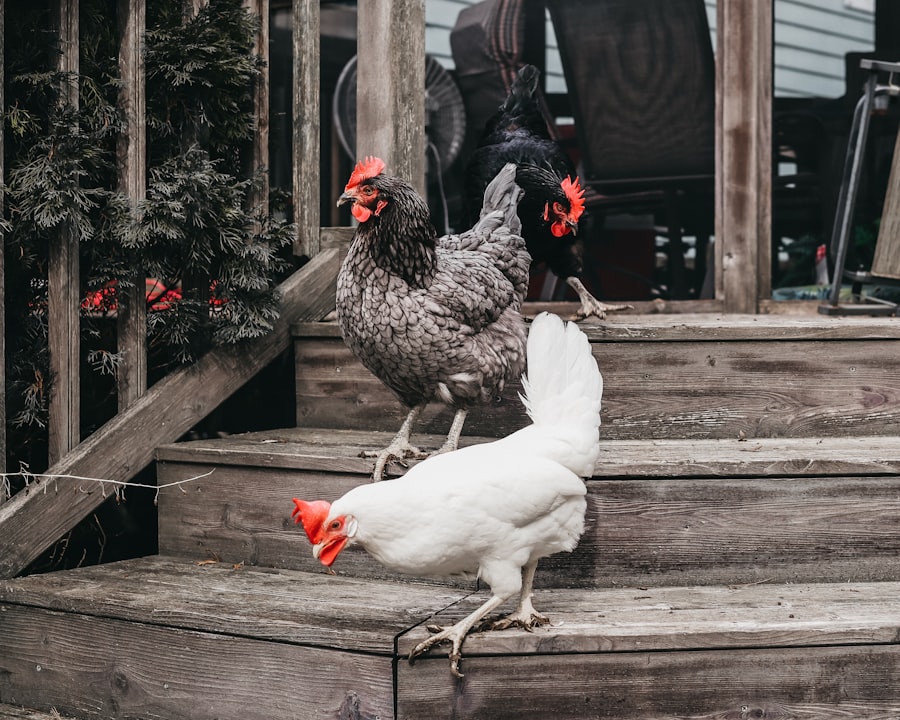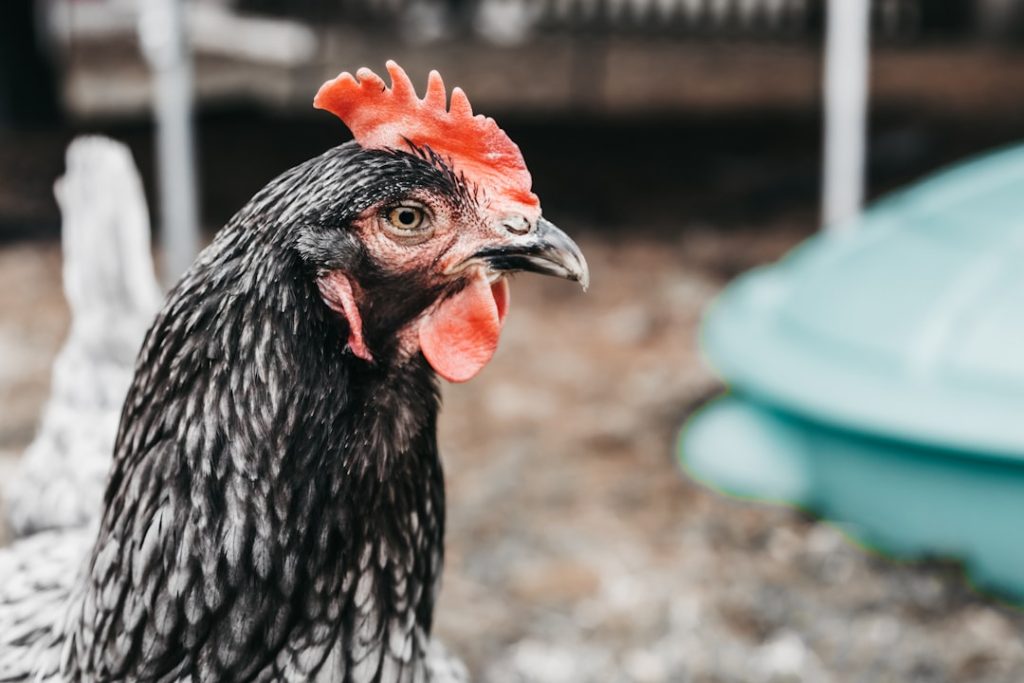Creating a comfortable indoor environment for pets is crucial for their health and happiness. Designate a specific area in your home for your pet, such as a crate, bed, or play space. Ensure this area is inviting by providing soft bedding, toys, and familiar items like blankets.
This helps create a sense of security and comfort for your pet. Safety is paramount when establishing an indoor pet space. Use baby gates or pet pens to create boundaries and prevent access to potentially dangerous areas.
Remove hazards such as electrical cords, toxic plants, and small objects that could be harmful if swallowed. A secure environment allows pets to relax and feel at ease in their indoor surroundings. By focusing on comfort and safety, pet owners can create a cozy indoor space that promotes their pet’s well-being and contentment.
Table of Contents
- 1 Providing Adequate Ventilation
- 2 Ensuring Proper Lighting
- 3 Implementing a Regular Cleaning Routine
- 4 Offering Enrichment and Entertainment
- 5 Monitoring Health and Wellness
- 6 Establishing a Feeding and Watering Schedule
- 7 FAQs
- 7.1 What are the benefits of keeping chickens inside?
- 7.2 What are some important factors to consider when keeping chickens inside?
- 7.3 What type of housing is suitable for keeping chickens inside?
- 7.4 What are some tips for keeping chickens healthy and happy inside?
- 7.5 What are some common challenges of keeping chickens inside?
Key Takeaways
- Create a cozy indoor environment with comfortable bedding and a designated resting area for your pet.
- Provide adequate ventilation by opening windows or using fans to ensure fresh air circulation.
- Ensure proper lighting by placing your pet’s living area in a well-lit space with access to natural light.
- Implement a regular cleaning routine to maintain a hygienic environment for your pet.
- Offer enrichment and entertainment through toys, puzzles, and interactive activities to keep your pet mentally stimulated.
- Monitor your pet’s health and wellness by scheduling regular check-ups with a veterinarian and observing any changes in behavior or appetite.
- Establish a feeding and watering schedule to ensure your pet receives the necessary nutrients and stays hydrated throughout the day.
Providing Adequate Ventilation
Why Ventilation Matters
Proper ventilation helps to circulate fresh air and remove stale or stagnant air that can lead to respiratory issues or discomfort for your pet.
Natural Ventilation Methods
One way to ensure adequate ventilation is by opening windows or using fans to promote air circulation throughout your home. This can help to reduce odors and keep the air feeling fresh and clean for your pet.
Additional Solutions for Optimal Air Quality
In addition to natural ventilation, you can also consider using air purifiers or dehumidifiers to help maintain optimal air quality in your home. These devices can help to remove allergens, dust, and other airborne particles that can affect your pet’s respiratory health. It’s important to regularly clean and maintain these devices to ensure they are functioning effectively. By providing adequate ventilation, you can help create a healthy and comfortable indoor environment for your pet to thrive in.
Ensuring Proper Lighting

Ensuring proper lighting is essential for creating a comfortable indoor environment for your pet. Natural light is ideal for pets as it helps regulate their internal clock and provides essential vitamins such as vitamin D. Make sure your pet’s designated area has access to natural light by placing their bed or play area near a window.
This will allow them to bask in the sunlight and enjoy the benefits of natural light. In addition to natural light, you can also provide artificial lighting to ensure proper illumination in your pet’s indoor space. Consider using full-spectrum lighting to mimic natural sunlight and provide the necessary light spectrum for your pet’s well-being.
It’s important to provide a balance of light and darkness to help regulate your pet’s sleep patterns and ensure they are getting the right amount of light exposure throughout the day. By ensuring proper lighting, you can help create a comfortable and well-lit indoor environment for your pet.
Implementing a Regular Cleaning Routine
Implementing a regular cleaning routine is essential for maintaining a clean and healthy indoor environment for your pet. Start by establishing a schedule for cleaning your pet’s designated area, including bedding, toys, and any other items they come into contact with regularly. Use pet-safe cleaning products to disinfect and deodorize their space, ensuring it remains clean and free from harmful bacteria or odors.
In addition to cleaning your pet’s designated area, it’s important to regularly clean the rest of your home to prevent the buildup of dust, dander, and other allergens that can affect your pet’s respiratory health. Vacuuming carpets, sweeping floors, and dusting surfaces can help maintain a clean indoor environment for both you and your pet. It’s also important to regularly wash your pet’s food and water bowls to prevent the growth of bacteria and keep their feeding area clean and hygienic.
By implementing a regular cleaning routine, you can help create a safe and healthy indoor environment for your pet.
Offering Enrichment and Entertainment
Offering enrichment and entertainment is essential for keeping your pet mentally stimulated and engaged in their indoor environment. Provide a variety of toys, puzzles, and interactive games to keep your pet entertained and prevent boredom. Consider rotating their toys regularly to keep them engaged and interested in their playtime activities.
In addition to toys, you can also provide enrichment activities such as treat puzzles, food-dispensing toys, or interactive play sessions to keep your pet mentally stimulated and engaged. Consider setting up a designated play area with climbing structures or scratching posts for cats, or interactive toys and agility courses for dogs. This will provide them with opportunities for physical exercise and mental stimulation while indoors.
Monitoring Health and Wellness

Regular Check-Ups and Observations
Schedule regular check-ups with your veterinarian to monitor your pet’s overall health and address any concerns or issues that may arise. Keep an eye on their behavior, appetite, and energy levels to ensure they are happy and healthy in their indoor space.
Nutrition and Hydration
In addition to regular veterinary check-ups, it’s important to provide proper nutrition and hydration for your pet to support their overall health and well-being. Make sure they have access to fresh water at all times and provide a balanced diet that meets their nutritional needs. Monitor their weight and body condition to ensure they are maintaining a healthy physique while indoors.
Ensuring a Healthy Indoor Environment
By monitoring your pet’s health and wellness, you can ensure they are thriving in their indoor environment.
Establishing a Feeding and Watering Schedule
Establishing a feeding and watering schedule is essential for maintaining your pet’s health and well-being while indoors. Provide fresh water at all times in a clean and accessible location for your pet to stay hydrated throughout the day. Monitor their water intake to ensure they are drinking enough to stay properly hydrated.
In addition to water, establish a regular feeding schedule that aligns with your pet’s dietary needs and preferences. Provide balanced meals at consistent times each day to help regulate their digestion and prevent overeating. Consider portion control based on their age, size, and activity level to ensure they are maintaining a healthy weight while indoors.
By establishing a feeding and watering schedule, you can help maintain your pet’s health and well-being while indoors, ensuring they have access to the nutrition and hydration they need to thrive in their indoor environment.
If you’re interested in learning more about keeping chickens inside, you might also want to check out this article on Snaplock Chicken Coop. It provides valuable information on the different types of coops available for keeping chickens indoors and the benefits of using a snaplock coop for your feathered friends.
FAQs
What are the benefits of keeping chickens inside?
Keeping chickens inside can protect them from predators, extreme weather conditions, and diseases. It also allows for easier monitoring and care of the chickens.
What are some important factors to consider when keeping chickens inside?
When keeping chickens inside, it is important to provide adequate space, proper ventilation, access to natural light, and a clean environment. Additionally, providing a balanced diet and regular exercise is crucial for the health and well-being of the chickens.
What type of housing is suitable for keeping chickens inside?
A suitable housing for keeping chickens inside should provide enough space for the chickens to move around, roost, and lay eggs. It should also have proper ventilation, natural light, and be easy to clean and maintain.
What are some tips for keeping chickens healthy and happy inside?
To keep chickens healthy and happy inside, it is important to provide a balanced diet, access to fresh water, regular exercise, and a clean living environment. Additionally, providing enrichment activities such as perches, nesting boxes, and dust baths can help keep the chickens mentally and physically stimulated.
What are some common challenges of keeping chickens inside?
Some common challenges of keeping chickens inside include managing waste and odor, preventing the spread of diseases, and providing enough space and stimulation for the chickens. It is important to address these challenges through proper management and maintenance of the chicken housing.
Meet Walter, the feathered-friend fanatic of Florida! Nestled in the sunshine state, Walter struts through life with his feathered companions, clucking his way to happiness. With a coop that’s fancier than a five-star hotel, he’s the Don Juan of the chicken world. When he’s not teaching his hens to do the cha-cha, you’ll find him in a heated debate with his prized rooster, Sir Clucks-a-Lot. Walter’s poultry passion is no yolk; he’s the sunny-side-up guy you never knew you needed in your flock of friends!








